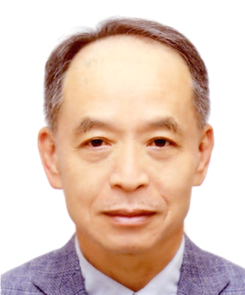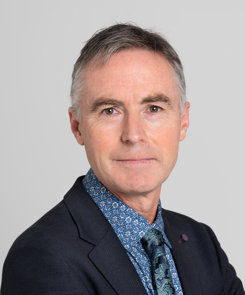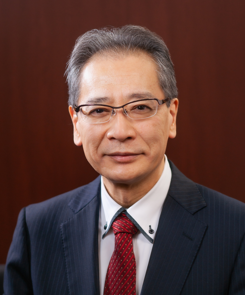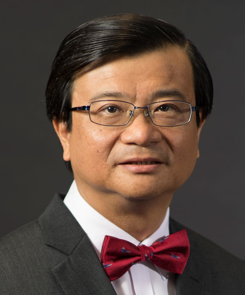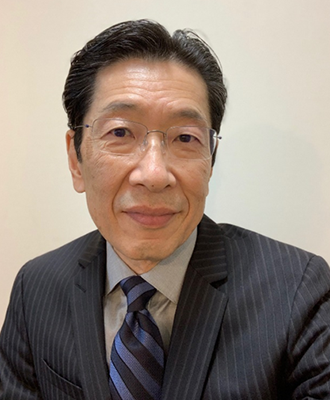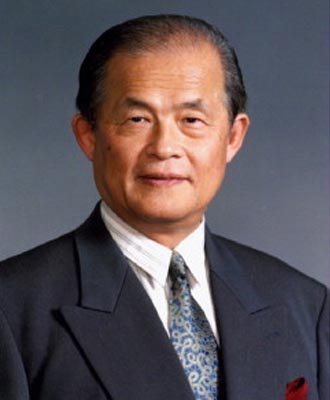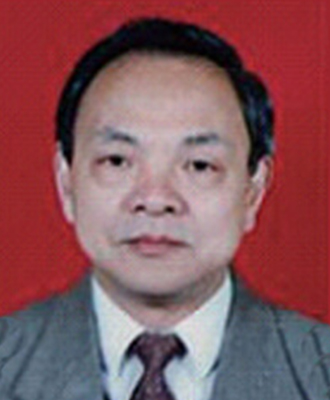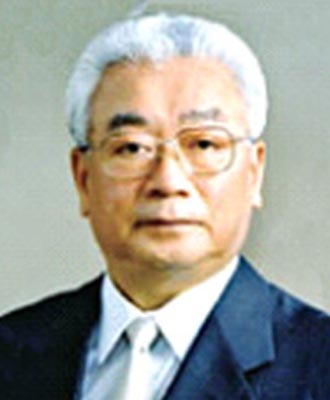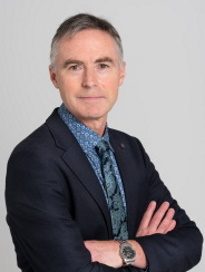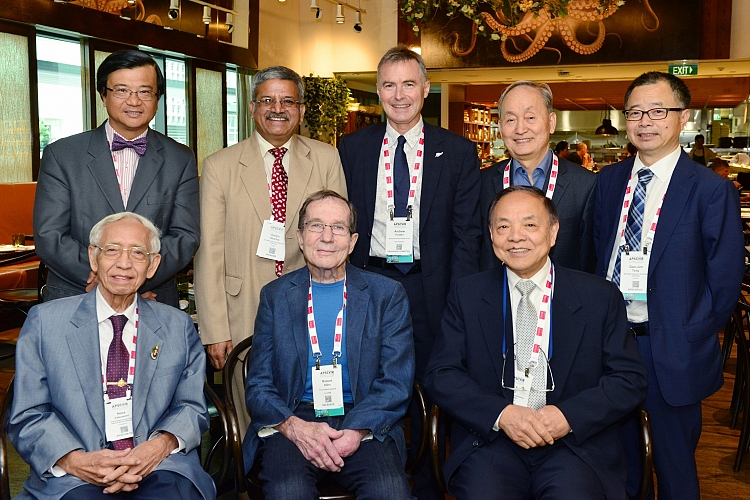
Gold Medal Policy
Purpose

Criteria for Eligibility

Nomination of Candidates

Nomination Deadline

Final Decision for the Award

Gold Medallist Acknowledgement
View Details
- Registration fee is waived (not inclusive of any social events not included in the registration)
- A Gold Medallist lunch will be arranged for all past and present Gold Medallists attending the meeting, hosted by the Executive Board.
View Less

APSCVIR Gold Medallists


Simon Chun Ho Yu
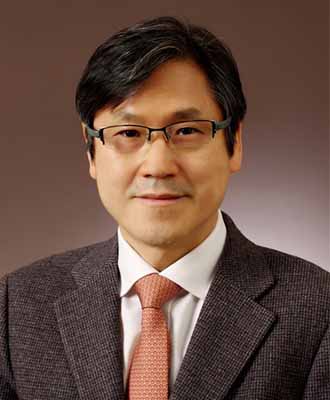
Young-Soo Do
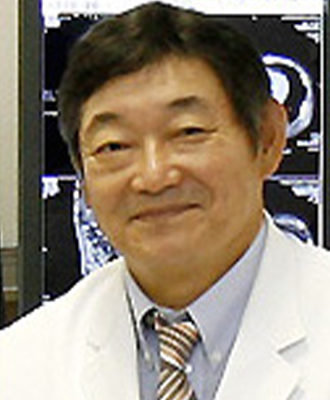
Shozo Hirota
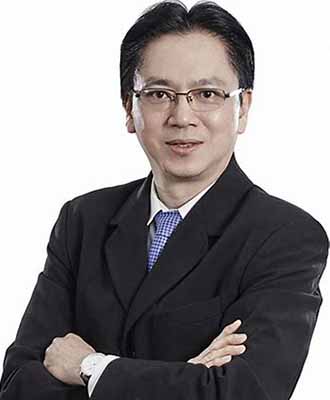
Alex Tang
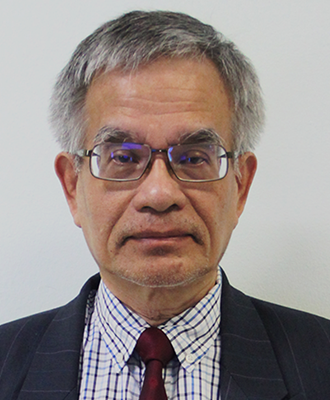
Abdul Samad Sakijan
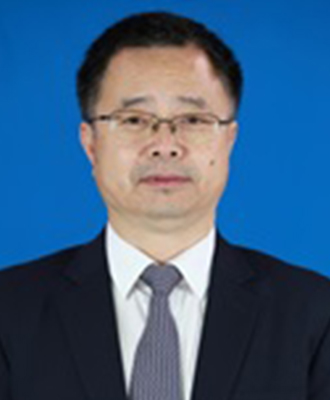
Gao-Jun Teng
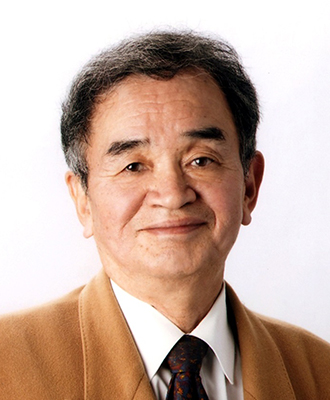
Masatoshi Okazaki
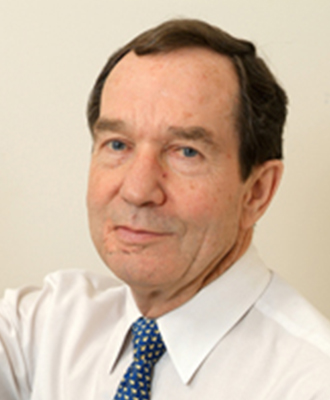
Robert Allen
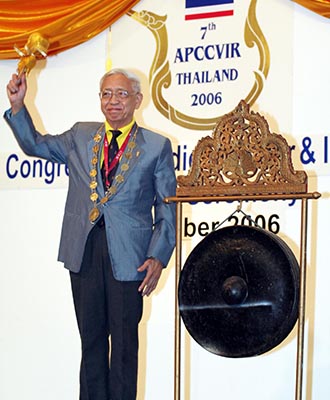
Nara Vaeusorn
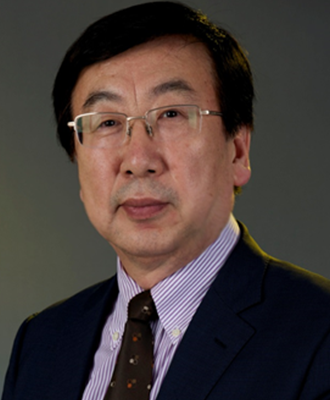
Ke Xu
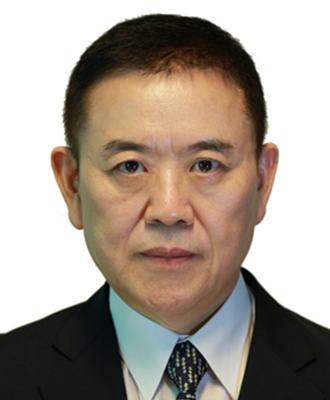
Kyu-Bo Sung
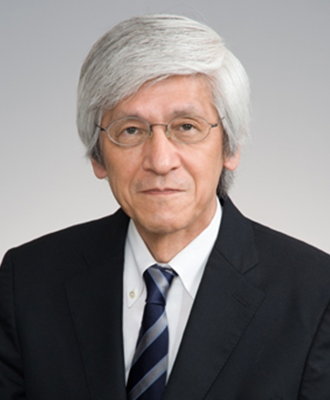
Osamu Matsui
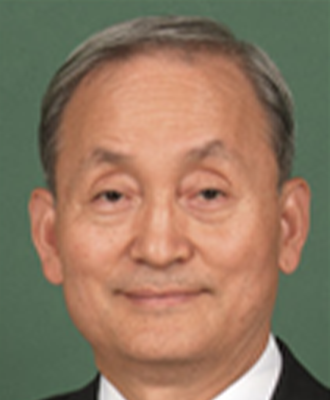
Jae Hyung Park
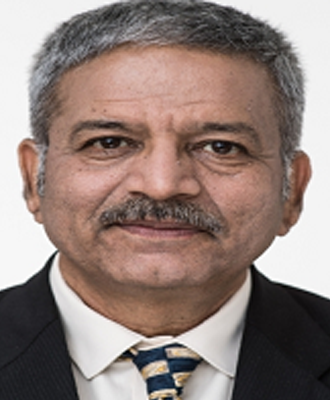
Sanjiv Sharma

Han, Man Chung
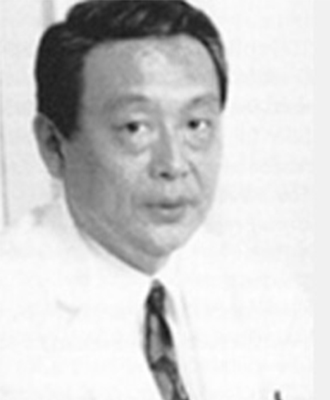
Hiramatsu, Kyoichi
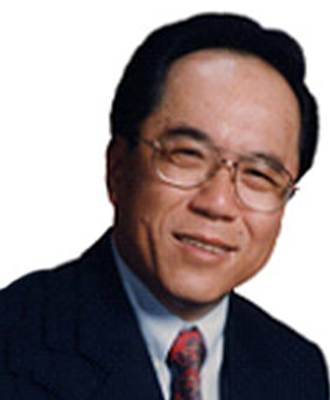
Tan, Lenny
- + 2023
-

Simon Chun Ho Yu
Hong Kong - + 2022
-
- + 2021
-

Young-Soo Do
South Korea - + 2020
-

Shozo Hirota
Japan
Alex Tang
Malaysia - + 2019
-

Abdul Samad Sakijan
Malaysia
Gao-Jun Teng
China
Masatoshi Okazaki
Japan - + 2018
-

Robert Allen
Australia
Nara Vaeusorn
Thailand - + 2016
-

Ke Xu
China
Kyu-Bo Sung
Republic of Korea
Osamu Matsui
Japan - + 2014
-

Jae Hyung Park
Republic of Korea
Sanjiv Sharma
India - + 2010
-

Han, Man Chung
Republic of Korea
Hiramatsu, Kyoichi
Japan
Tan, Lenny
Singapore

